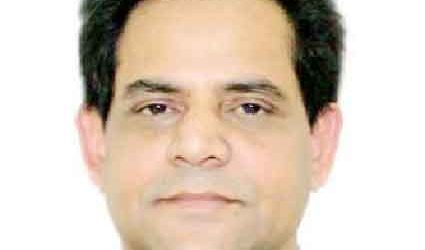The political opposition to the incumbent Awami League government in Bangladesh is noted these days for making sweeping allegations that under its stewardship Bangladesh would be headed like Sri Lanka to slide eventually into a debt trap. Now, even a half wit should see through their purely malicious stand in the matter. For none with a semblance of sanity can make such outrageously inaccurate and misleading comparisons.
You can make comparison between two equals or near equals. You can make projections on their positive progress or otherwise in the future based on careful research of certain trends and variables. But you cannot compare between a molehill and an actual hill. The first one is so small physically that you cannot compare it with the much bigger entity.
Sri Lanka is now facing bankruptcy in the financial and economic sense whereas Bangladesh is sailing peacefully in placid waters without a worry in the world. As it is the Sri Lankan government has officially admitted very recently that it will have to default on its international payment obligations. This declaration came amid a situation of curfew in Sri Lanka’s major cities as angry mobs are seen battling police and other authorities for supplies of food and fuel which are a trickle. Sr Lanka has no means to import or pay for such imported goods on emergency basis.
Sri Lanka’s foreign exchange (forex) reserves have depleted by 70 per cent to USD 2.3 billion as of March in the past two years, thus impacting the country’s ability to pay for its imports. It has debt payments of about USD 4 billion through the rest of the year. The country’s inflation rate is at an elevated level.
Compared to this profile of the island nation, the view of Bangladesh is as orderly and stable an entity as it can be. Bangladesh presently has an ‘unspent reserve’ of well over 40 Billion US Dollars which is clearly forty times more than the pittance that Sri Lanka has at present as its reserve. In 2021, Bangladesh agreed to give Sri Lanka loans of at least $200 million from its foreign exchange reserve under a currency swap deal. This asking for a loan from Bangladesh by Sr Lanka was exemplary of how times have changed.
The reserve position is so precarious for Sri Lanka or its inability to make payments in foreign currencies that it now offers barter form of payments. For example sending its tea to a buyer and paying with tea and not cash.
As it is, Sr Lanka presently has some 1.2 billion dollars left in its reserve to meet all demands for all kinds of international debt related payments being made on it or are about to be made whereas it needs right away over 5 billion dollars just to avoid being declared a bankrupt country in the financial sense and branded a pariah country for the same reasons.
Apart from the foreign currency reserve, the other major macro economic indicator of a country to get an idea about its future solvency or not is its gross domestic product (GDP) growth. The GDP growth in Bangladesh is strong. International donor organizations such as the Asian Development Bank (ADP), World Bank (WB), International monetary Fund (IMF), etc. have all praised Bangladesh for the outstanding resilience of its economy or its substantial GDP growth even amid the challenges posed by the Corona epidemic.
With the Corona challenge much receded in Bangladesh, its GDP growth is expected to pick up and do much better than in recent years. The ADP forecast of GDP growth for Bangladesh is 6.9 per cent in 2022 and 7.1 per cent in 2023. These are but conservative estimates and could be far surpassed when the tally is taken at the end of these periods. For Sri Lanka even the best case scenario of GDP growth is 3.1 per at most which should clearly show how the two countries would be headed in the short and longer terms. Bangladesh’s GDP growth would be robust or nearly thrice as that of Sr Lanka.
Therefore, it is silly to even try and make comparisons between Bangladesh and Sri Lanka for the former is so resourceful and the latter so much lacking in resources.



